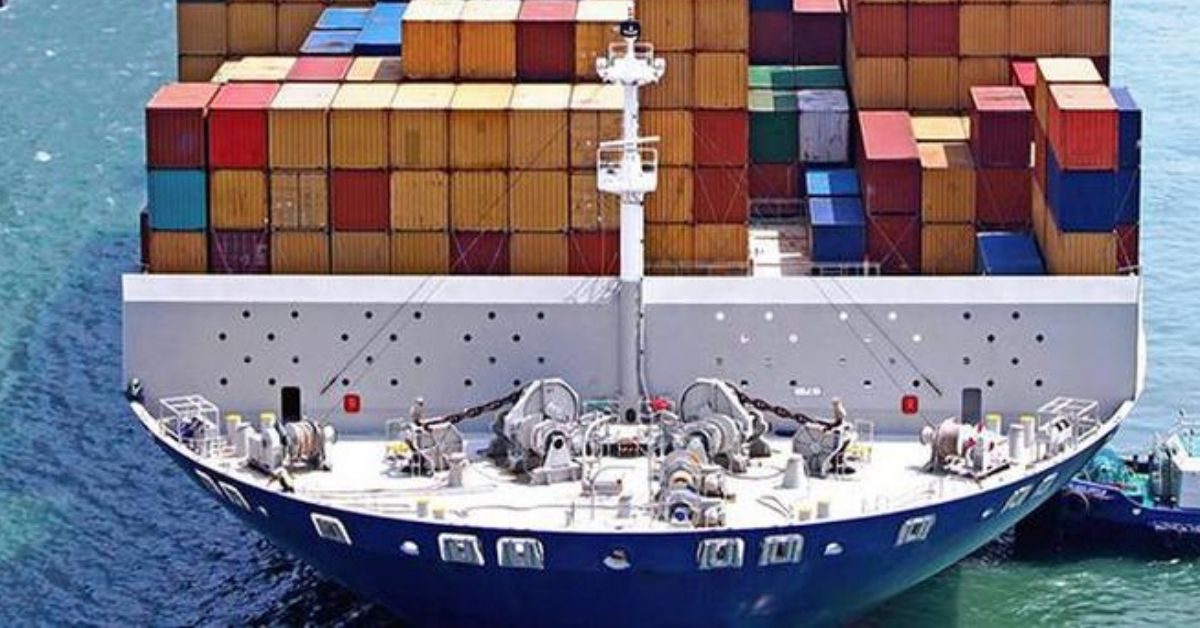This marks the first green and digital shipping corridor established between the two nations and will see them work towards developing standards and best practices supporting the decarbonisation, digitalisation and growth of the maritime industry.
Japan is one of Singapore’s top 10 trading partners; trade volume between the two countries totalled S$65Bn (US$48Bn) in 2022. The collaboration will see the Maritime and Port Authority of Singapore (MPA) work with six Japanese ports: the Ports of Tokyo, Yokohama, Kawasaki supporting the Kanto region, Osaka, and Kobe supporting the Kansai region and the Port of Nagoya supporting the Chubu region.
These six Japanese ports are the key nodes for the major economic regions of Kanto, Kansai and Chubu and handled a combined cargo total of about 57M tonnes in 2020 and are part of various initiatives under MLIT’s overarching Carbon Neutral Port plan.
The green corridor will see MPA and its Japanese partners embark on pilot projects and trials for alternative marine fuels. The city state has just received its first dedicated methanol bunkering vessel. National companies have already embarked on shared programmes. Sumitomo Corp and Keppel FELS are to explore the feasibility and implementation of various ammonia-fuel applications in Singapore, including a bunkering vessel with the aim to commence commercial operations sometime this decade. Singapore and Japan added they will identify and implement ways to streamline port clearance processes. Both sides will also exchange information and best practices on maritime cyber-security risks and other aspects of maritime digitalisation.







